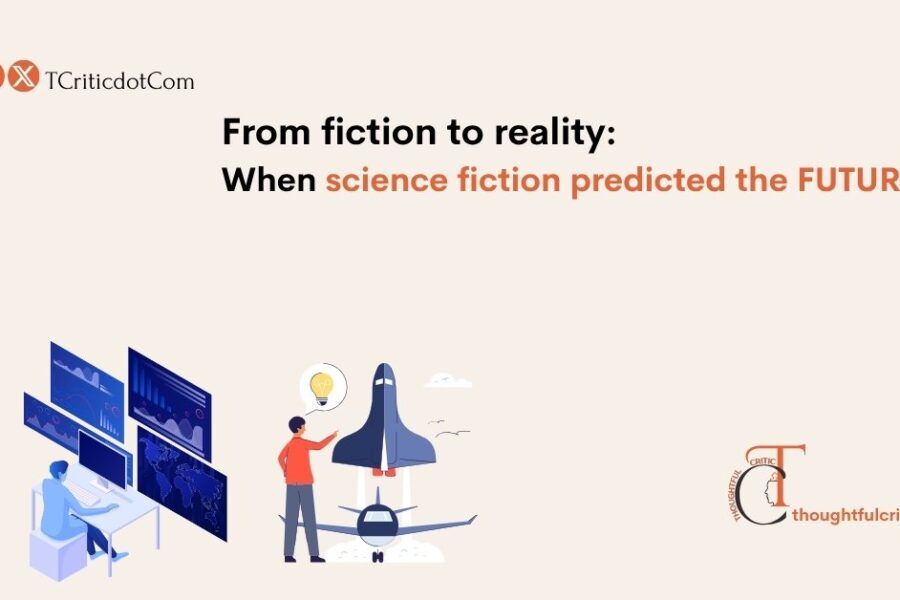W.B. Yeats’s poetry transcends the boundaries of mere memorability; it achieves a timeless quality that renders his verses immortal. Beyond their lyrical beauty and thematic expansiveness, Yeats’s poems resonate with a profound and enduring impact. Each poetic creation by Yeats seems to possess a life of its own, delving into the intricate tapestry of human experience, mysticism, and societal upheavals. The Second Coming, Among School Children, Leda and the Swan, No Second Troy, and Sailing to Byzantium stand as quintessential examples of Yeats’s poetic brilliance. These poems not only showcase his unparalleled ability to craft language with elegance but also encapsulate profound philosophical reflections and a keen awareness of historical and mythological contexts. The enduring relevance of these poems lies in their capacity to evoke deep emotional responses, provoke thought, and capture the essence of the human condition. In the subsequent discussion, this article will delve into the nuances of these five immortal works, exploring their thematic richness, linguistic craftsmanship, and the lasting impact they have had on the world of literature.
So, here is the list of the poems mentioned in the paragraph with brief descriptions of them.
1. The Second Coming:
W.B. Yeats’s “The Second Coming” is a prophetic masterpiece that transcends its era. Published in the aftermath of World War I, the poem captures the turbulence of the time, expressing Yeats’s unease with the societal upheavals and the impending sense of chaos. The iconic opening lines, “Turning and turning in the widening gyre,” set the tone for a narrative that weaves together mystical imagery, biblical allusions, and an evocative exploration of cyclical history. The poem’s apocalyptic vision, with its haunting depiction of a falcon that “cannot hear the falconer,” remains etched in the reader’s mind, making “The Second Coming” an enduring testament to Yeats’s ability to encapsulate the anxieties of his age.
2. Among School Children:
“Among School Children” is a poignant exploration of ageing, self-reflection, and the fleeting nature of life’s transient moments. Yeats, in this reflective masterpiece, contemplates the complexities of existence, moving seamlessly between personal introspection and broader societal observations. The poem’s rich symbolism, particularly the metaphor of the “nine-and-fifty swans,” intertwines with the speaker’s musings on love, loss, and the passage of time. With its intricate blend of lyricism and philosophical depth, “Among School Children” stands as a testament to Yeats’s ability to infuse universal themes with a profound sense of individual experience.
3. Leda and the Swan:
In “Leda and the Swan,” Yeats takes inspiration from Greek mythology to craft a visceral exploration of violation and transformation. The poem vividly depicts the violent encounter between Leda and Zeus in the form of a swan, intertwining classical myth with contemporary concerns. The stark and evocative imagery, such as “dark webs” and the “indifferent beak,” captures the brutality of the act while delving into the broader implications for history and human experience. Yeats’ skilful fusion of myth and modernity makes “Leda and the Swan” an enduring work that challenges and unsettles readers with its powerful portrayal of the intersection between the divine and the mortal.
4. No Second Troy:
“No Second Troy” is a poignant exploration of unrequited love and the speaker’s disillusionment with Maud Gonne, a figure of inspiration and unattainable desire in Yeats’s life. The poem reflects the poet’s complex emotions, using Gonne as a symbol for Ireland and his fervent nationalist ideals. The speaker grapples with the realisation that Gonne, like Helen of Troy, has become a source of conflict rather than the unifying force he had envisioned. The poem’s passionate language and emotional intensity make it a poignant reflection on the personal and political complexities inherent in Yeats’s relationships and his ardent nationalism.
5. Sailing to Byzantium:
“Sailing to Byzantium” stands as a testament, just like the poems mentioned above, to Yeats’s exploration of the quest for eternal artistic expression and spiritual transcendence. The poem reflects the poet’s grappling with the transience of mortal existence and the desire to escape the limitations of the physical body. Through vivid and symbolic imagery, Yeats envisions a journey to Byzantium, a realm of artistic and spiritual permanence. The contrast between the decaying world of “sensual music” and the timeless beauty of the “artifice of eternity” encapsulates the poem’s overarching theme of the pursuit of the immortal in the face of temporal constraints. “Sailing to Byzantium” is a masterful meditation on the enduring power of art and the human spirit’s quest for transcendence.
Each of these poems, marked by Yeats’s linguistic craftsmanship, thematic depth, and profound insights, contributes to the poet’s enduring legacy in English literature. They remain not merely memorably beautiful verses but timeless reflections on the human experience, showcasing Yeats’s ability to capture the complexities of his era and resonate across generations.
So, that was the list of poems with their descriptions. I tried my best to introduce the poems to you, the readers of English poetry. In delving into the intricacies of W.B. Yeats’s timeless poems— “The Second Coming,” “Among School Children,” “Leda and the Swan,” “No Second Troy,” and “Sailing to Byzantium” — one uncovers a rich tapestry of lyrical brilliance, profound philosophical reflection, and a keen awareness of the historical and mythological landscapes. These poems, eternally resonant and profoundly memorable, serve as a testament to Yeats’s unparalleled command over language and his ability to encapsulate the human experience with depth and nuance. For those who love English poetry, delving into Yeats is not merely an exploration of verse but an immersion into the very essence of what makes poetry enduring and transformative. Yeats beckons readers into a realm where language becomes a vessel for the profound, where myth and history converge to illuminate the complexities of the human condition. His poetry transcends the temporal, inviting readers on a journey through the universal themes of love, loss, the cyclical nature of history, and the quest for transcendence. To read W.B. Yeats is to embark on a voyage that traverses the boundaries of the ordinary, a journey that unfolds the timeless beauty and enduring relevance of poetry that captures the soul of English literature.
Attention, English Literature students! If you are looking for in-depth analysis and critical commentary on poems by Yeats, here are the links to some of them. Enriching, explanatory and very easy to understand – done by someone deeply rooted in literature for the English Literature Education platform:
Sailing to Byzantium by W B Yeats
Among School Children by W B Yeats
Leda and the Swan by W B Yeats
Ashish for Thoughtful Critic




